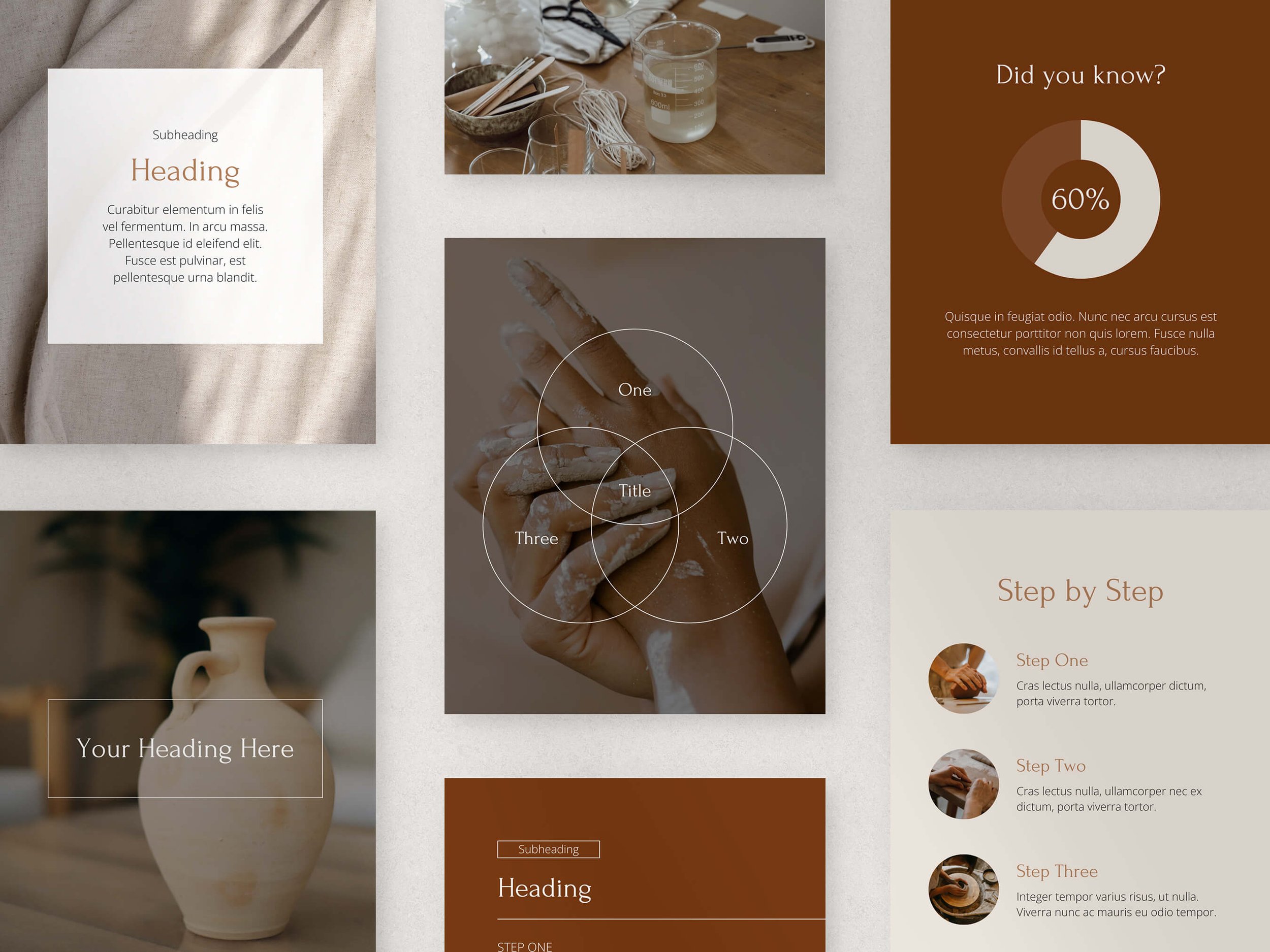Design Foundations: Understanding Visual Elements
Creating compelling marketing content is not only about the text. By using design, you can instantly engage your audience and bring your ideas and concepts to life, helping you to promote your products and services more effectively. Here's our introduction to some key visual elements that will help you to create materials with maximum impact:
Visual Hierarchy - This is the arrangement of information so that some elements are more noticeable than others, indicating their importance. Considering the details you want to stand out most, use font size, colour and placement to create the hierarchy, organising elements to guide the viewer's eye.
Colour Psychology - The study of how colours affect human emotions, perceptions and behaviours, leverage this tool to evoke specific feelings and responses. Choose colours that align with your brand identity and the desired mood of your content to help convey your message effectively.
Typography - Typography can help set the tone for your content, so experiment with different fonts and styles to add personality and appeal, ensuring that the text is clear and easy to read too.
Images and Graphics - It is often said that a picture is worth a thousand words, and it certainly can be just the thing to capture your audience’s attention. Incorporate high-quality and relevant images, illustrations and graphics to showcase your products and services, break up text and make your content more visually appealing.
Infographics - By using graphics to tap into our human instinct to see patterns and trends, infographics present information quickly and clearly. Create your own engaging infographics to present complex information in an easy-to-understand format.
Video and Animation - Mixing up your media can help to relay different types of information while keeping your audience engaged. Use video and animation to captivate your audience and tell your story in a visually compelling way.
Interactive Elements - Add interactive elements such as sliders, quizzes, and polls to keep viewers more actively engaged, encouraging higher conversion rates as well as a more collaborative and enjoyable experience for everyone.
Data Visualisation - This is the representation of data through charts, plots and animations. Visually displaying information helps to communicate complex data and highlight insights in a more accessible way.
White Space - Also known as negative space, this is the empty space between elements in a design. Strategically use white space to create balance, improve readability and prevent overwhelming your viewers with visual clutter.
Consistency - Finally, whatever you decide to do with your design, make sure that you are consistent with it throughout your content. A consistent visual style will help to create a cohesive visual identity and enhance brand recognition.
Remember, visual elements should complement and enhance your content, so use them thoughtfully and strategically to leave a lasting impression on your audience.






